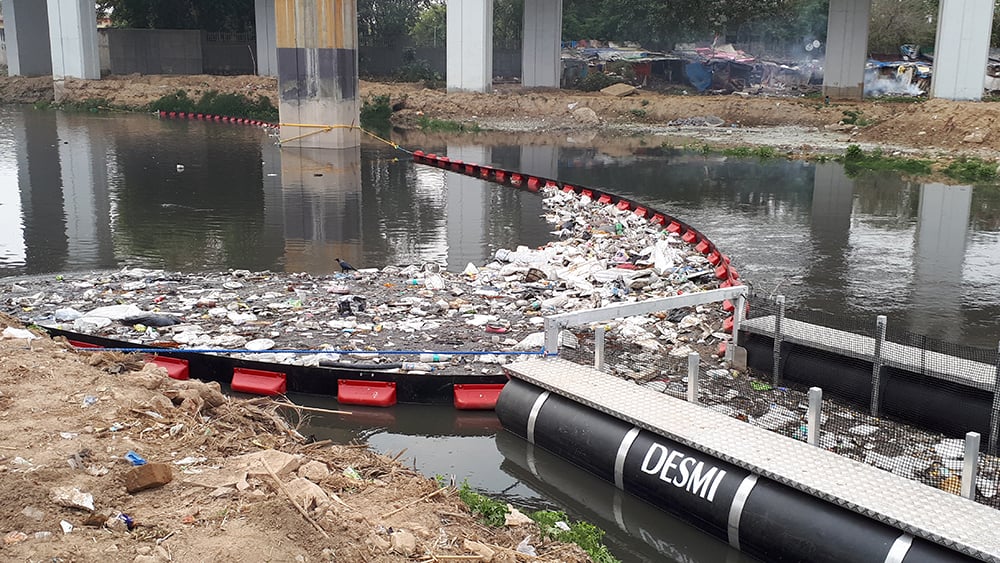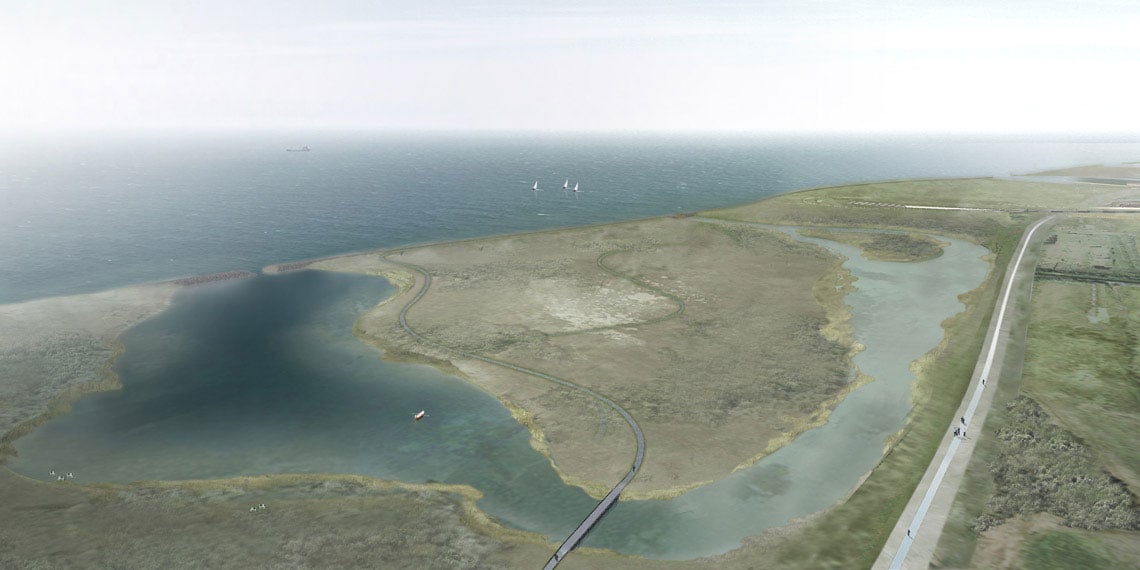News
Climate change adaptation
Coastal protection
Landfill and soil remediation
+4
Re-establishing Wetlands to Remove 1,000 Tonnes of Nitrogen


The state is planning to use a total of DKK 1.6 billion over the next five years to recreate wetlands that are set to reduce the transfer of nitrogen and phosphorus to bays and lakes. The municipalities and The Danish Nature Agency of the Environment and Food Ministry will implement the project – a project that is by far the most extensive initiative for wetlands in Denmark. Overall, they expect that approximately 13,000 hectares will be turned into new wetlands.
The new wetlands will be able to remove 1,200 tonnes of nitrogen and 4 tonnes of phosphorus on an annual basis while simultaneously creating a new habitat for animal life and flora.
- We can look forward to a comprehensive effort to recreate wetlands that will reduce the transfer of nitrogen to our bays and coastal waters. We initiate nature’s own water treatment so to speak. First and foremost, the result is cleaner water. However, in the long run, the project will also provide better conditions for birds and fishes, says the Minister for Environment and Food of Denmark, Esben Lunde Larsen.
Cooperation with municipalities
The project was initiated in the Ministry’s programme where a cooperation agreement has been made between Local Government Denmark and the Ministry for Environment and Food of Denmark. This means that the municipalities can start finding suitable areas in the parts of the country where there is a need to lower the transfer of nitrogen to the aquatic environment. If they want, they can also include The Danish Nature Agency as project owner.
- We look forward to continuing our good cooperation with farmers in finding suitable areas for wetland. We have also made arrangements with the state to develop new solutions in relation to wetlands – solutions that will make it easier and more attractive for farmers to provide us with areas for the project. One of the things that we look forward to is a good dialogue with them concerning small wetlands. With this initiative to re-establish nature, it is important that we ensure that the effort for wetlands is included in a synergy with the new means and other initiatives – especially because the most suitable projects have already been established, says the chairman for the Committee of Technology and Environment at Local Government Denmark.
The wetlands have to be established through voluntary agreements with farmers that offer the project their land in return of compensation – or through arrangements for divisions of land in places where land can be bought and exchanged.
The next round of applications for municipalities opens on March 1st this year. It usually takes between two to five years to establish a wetland.
Facts
- When the initiative has been executed, it will remove 1,200 tonnes of nitrogen from the cultivated fields. The 4 tonnes of phosphorus will be removed by recreating approximately 800 hectares of wetlands near lakes set to be cleaned. The project is a part of an effort to fulfil the EU’s Water Framework Directive.
- The new wetland cannot be re-cultivated later. They will have habitats that thrive on nutrient-rich water from the fields which is especially favourable for waterfowls and birds like geese and ducks. Frogs and other amphibians will also receive more habitats.
- Plans have been made for nitrogen-wetlands worth DKK 1.5 billion and phosphorus-wetlands worth DKK 70 million in total. The Danish Rural Development Programme finances 75 percent of the initiative, while the Danish Treasury finances the rest. However, the pilot studies are 100 percent financed by the EU.
- Wetlands have always purified water from the fields. It happens when the water is in low-lying areas during the winter and releases nitrogen into the air. For many years, the wetlands were drained and, as a result, lost their ability to remove nitrogen. They will now be made wet again. In some places, recreational areas may be created in accordance with the landowner but in all places will attractive conditions for nature be re-established.
You should consider reading
publications
Resource efficient production
+15















